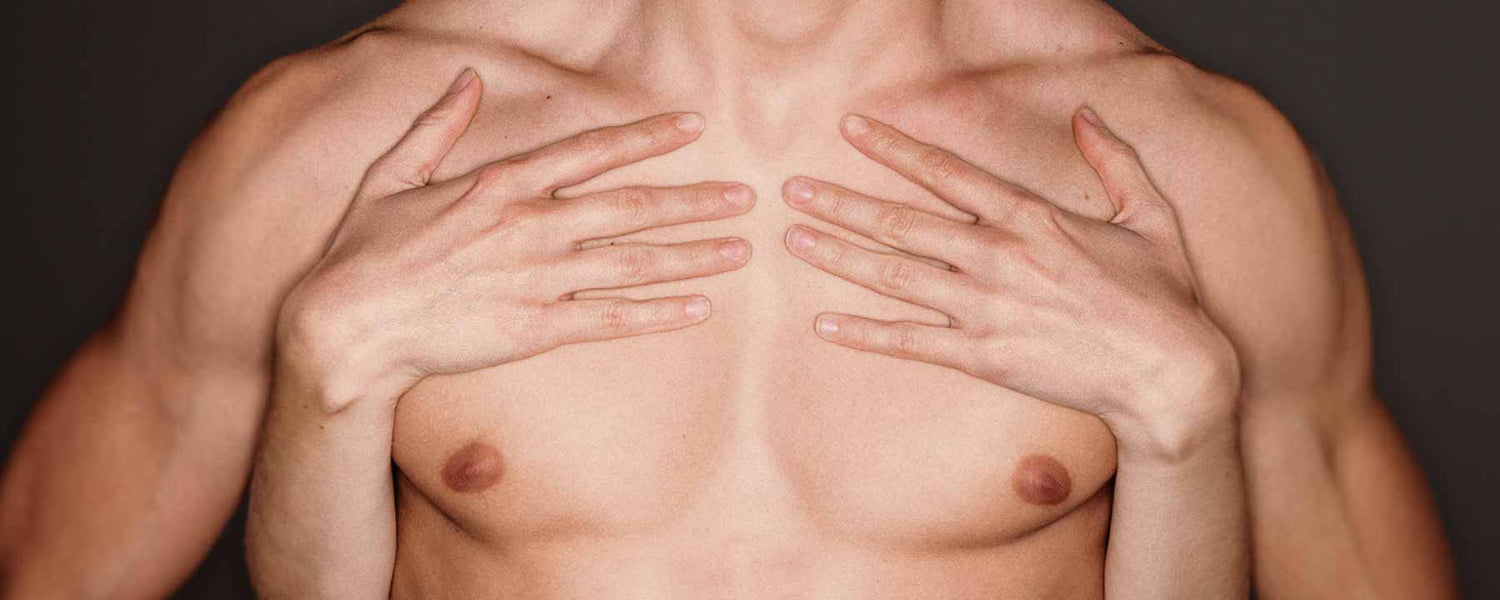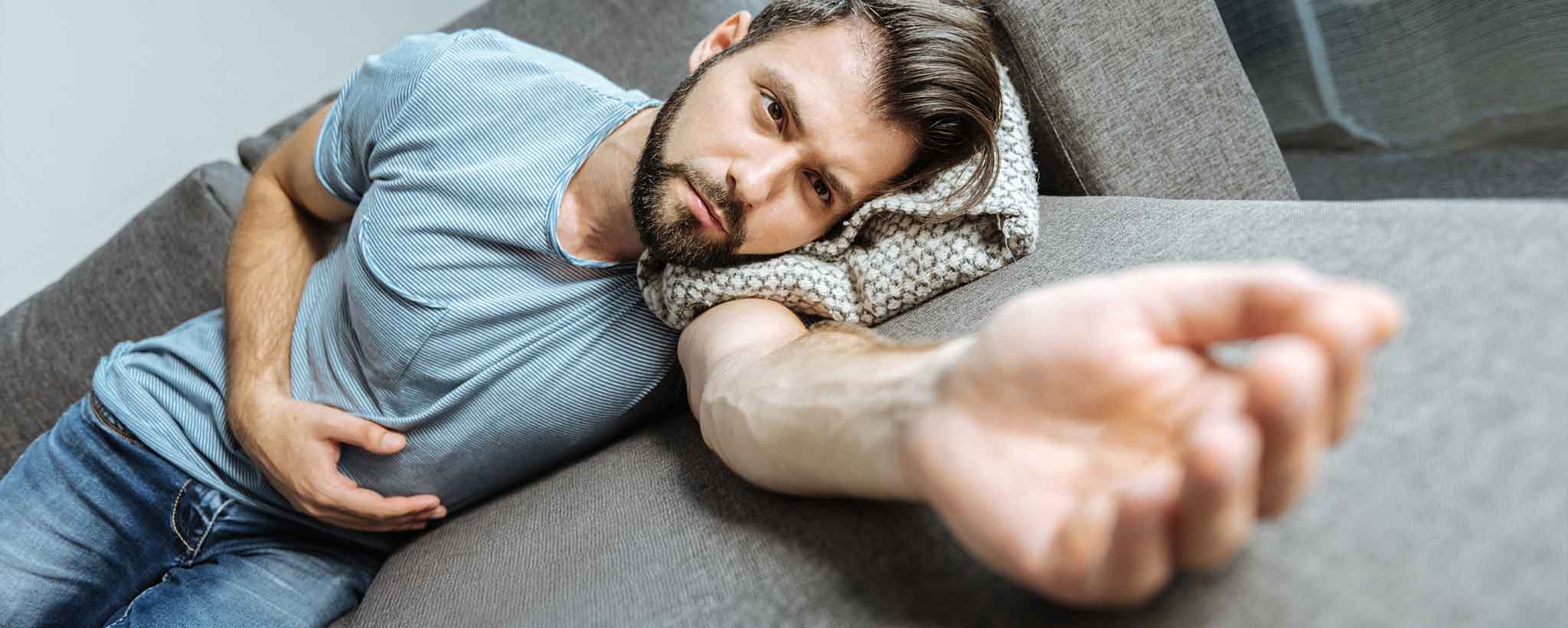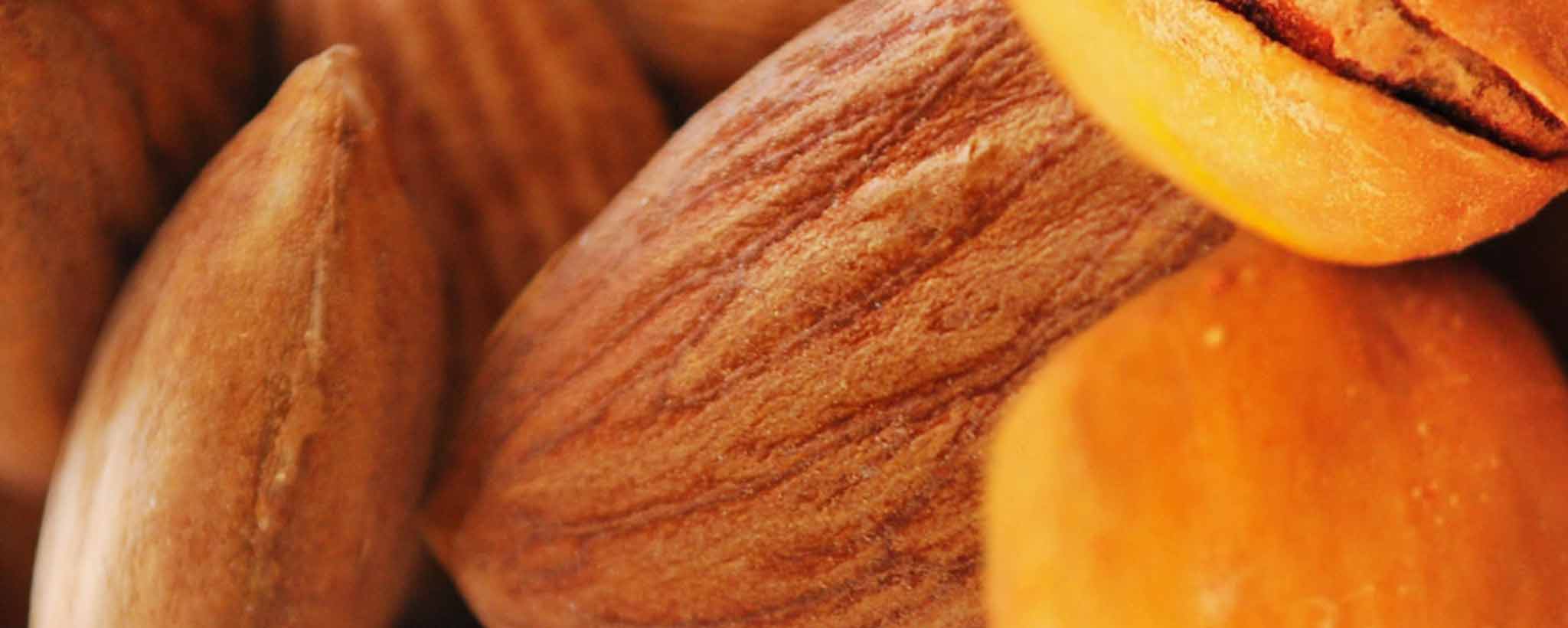You have both testosterone and estrogen to some degree.
Everyone Has Testosterone
Males produce testosterone with a little estrogen. The female ratio for the production of these two hormones is the opposite. So everyone should have a similar cumulative amount of testosterone and estrogen based on their age. How do you know if you have too much or too little of either of these two hormones?
Male Testosterone
Most of the testosterone in men is made by the testes. Much lower levels are produced in the adrenal glands. Testosterone is associated with male sexual performance, muscle mass, and bravado. This is not so much wrong as it is incomplete.
In men, testosterone regulates sex drive (libido), bone mass, fat distribution, muscle mass, strength, red blood cell production, and sperm count. The jury is still out on bravado, with one study suggesting such is based on estrogen level.
Physical Symptoms of Low Testosterone
- Decreased libido
- Weak, fragile bones
- Increased body fat
- Decreased muscle mass
- Hot flashes
- Fatigue
- Thinning hair
- Cholesterol imbalance
Testosterone therapy is recommended for hypogonadal men to correct symptoms of testosterone deficiency. A testosterone-supplement study was funded by the NIA and published in the July 8, 2010, edition of the New England Journal of Medicine.
Cardiac event risk in men with poor mobility was high enough to halt the study. Twenty-three of 106 men receiving topical testosterone gel on their arms and torso experienced cardiovascular-related events, compared to five out of 103 men receiving a placebo.
Testosterone is not the wonder drug some hoped it would be. This is why testosterone manufacturers voluntarily stopped direct-to-consumer advertisements in 2014.
Male testosterone levels peak around the age of 18 before leveling off. It holds steady until about age 30 before slight annual declines. Though there is a wide variance in what is considered normal, by age 60, testosterone levels can be about the same as at age 13 or 19.
| Male Testosterone Levels | |
|---|---|
 | |
| Age | T Level (ng/dL) |
| 0 – 5 months | 75 – 400 |
| 6 months – 9 years | <7 – 20 |
| 10 – 11 years | <7 – 130 |
| 12 – 13 years | <7 – 800 |
| 14 years | <7 – 1200 |
| 15 – 16 years | 100 – 1200 |
| 17 – 18 years | 300 – 1200 |
| 19+ years | 240 – 950 |
| Avg. Adult Male | 270 – 1070 |
| 30+ years | -1% per annum |
| A balance of hormones is responsible for physical differences in men and women. | |
The US Food and Drug Administration (FDA) has approved testosterone enanthate (Xyosted, Antares Pharma) subcutaneous injection for testosterone replacement therapy in men diagnosed with conditions associated with a deficiency or absence of endogenous testosterone.
Do Erection-Enhancing Drugs Increase Testosterone?
The enzyme nitric oxide synthetase (NOS) must be present in ample amounts for erection enhancers to work. Men with low testosterone levels have low NOS levels. This is why some erections do not improve after using sildenafil (Viagra), tadalafil (Cialis), or vardenafil (Levitra). With normalizing testosterone treatment, erections resume or enhance with the use of either sildenafil, tadalafil, or vardenafil.
Erectile dysfunction can be not just a symptom, but a manifestation of coronary artery disease. Because the penile arteries are about half the size of the coronary arteries in the heart, erectile dysfunction is a powerful predictor of cardiac events such as sudden death.
Male Estrogen
Male estrogen levels increase as testosterone decreases. Very high male estrogen levels contribute to prostate cancer, heart disease, and gynecomastia (enlarged breasts).
As the testosterone transforms into estrogen, low testosterone levels can reduce muscle mass, decrease libido with erectile dysfunction (ED), and cause fatigue. Excessive estrogen in men also raises body fat, contributing to high lipids and diabetes. Clinical studies do not support the notion that soy feminizes men.
Female Testosterone
Women also make testosterone in their adrenal glands and in their ovaries. Women need small amounts of testosterone. It contributes to other hormones that regulate mood, energy levels, sex drive, and bodily functions like bone health and pain management. Testosterone amounts are so low that self-dosing with supplements is not advised. This can worsen the effects you are attempting to correct.
Female bodybuilders often take supplements to increase general muscle mass. The low body fat ratio combined with an increase in testosterone and a reduction in estrogen results in the loss of breast tissue since breasts are composed mostly of fatty tissue.
Once a woman gets below 12% body fat, there is a high probability that her breast size will significantly decrease. In response, these women often receive breast implants to feminize their form.
Female testosterone levels peak around the age of 18 at only 2% of male levels. After a slight decline by age 19, the level remains somewhat consistent throughout adulthood.
| Female Testosterone Levels | |
|---|---|
 | |
| Age | T Level (ng/dL) |
| 0 – 5 months | 20 – 80 |
| 6 months – 9 years | <7 – 20 |
| 10 – 11 years | <7 – 44 |
| 12 – 16 years | <7 – 75 |
| 17 – 18 years | 20 – 75 |
| 19+ years | 8 – 60 |
| Avg. Adult Female | 15 – 70 |
| Low amounts of testosterone enhance female libido, while a higher estrogen ratio is responsible for feminine form and function. | |
Female Estrogen
Estrogen enhances female characteristics by growing breast tissue, lubricating the genitalia, and maintaining blood flow to the vagina. It causes the uterine lining to thicken during menstruation in preparation for pregnancy.
Estrogen aids protein synthesis and increases hepatic production of binding proteins and coagulation proteins. Women’s mental health is affected by estrogen levels. An estrogen deficiency is found among women with atherosclerosis and heart disease.
Testosterone Nutritional Supplements
Boosting testosterone with natural food nutrition is the safest course. This includes foods with vitamin D, such as tuna, egg yolks, fortified milk, and cereals. Foods with zinc, like oysters and shellfish, can also regulate testosterone. Beans are good sources of both vitamin D and zinc. With a caution about overconsumption, beef can boost testosterone.
The abundance of available testosterone supplements can make self-diagnosis and treatment appealing. However, hormone imbalance is best left to medical professionals. Talk to an endocrinologist or urologist if you have questions about your hormone levels to remain healthy.
To support the writing of scholarly articles about endocrinology, ClinicalPosters sells human anatomy charts, scientific posters, and other products online. You may sponsor specific articles, become a ClinicalNovellas Member, or remit a small donation.
ClinicalPosters sells human anatomy charts, scientific posters, and other products online to offset expense of the writing useful articles about endocrinology. Slide extra posters into DeuPair Frames without removing from the wall.
Show your support by donating, shopping for ClinicalPins, becoming a ClinicalNovellas Member, or leaving an encouraging comment to keep the research going.
To support the writing of useful articles about endocrinology, ClinicalPosters sells human anatomy charts, scientific posters, and other products online. You may sponsor specific articles or remit a small donation.
ClinicalPosters sells human anatomy charts, scientific posters, and other products online to offset expense of the writing useful articles about endocrinology. Slide extra posters into DeuPair Frames without removing from the wall.
ClinicalPosters sells human anatomy charts, scientific posters, and other products online. You may remit a small donation or become a ClinicalNovellas Member.
You can support the writing of useful articles about endocrinology by sponsoring specific articles, becoming a ClinicalNovellas Member, or remitting a small donation. Visible content is optimized for device size.
UPDATED 2025 – This article reflects editorial revisions since its original publication.
FAQ: Too little or just enough testosterone
What is the purpose of testosterone in men?
In men, testosterone regulates sex drive (libido), bone mass, fat distribution, muscle mass, strength, red blood cell production, and sperm count.
When does male testosterone peak and wane?
Male testosterone levels peak around the age of 18 before leveling off. It holds steady until about age 30 before slight annual declines.
What effect do male-enhancement drugs have on sex drive?
The enzyme nitric oxide synthetase (NOS) must be present in ample amounts for erection enhancers to work. Erectile dysfunction can be, not just a symptom, but a manifestation of coronary artery disease.
Why do women need testosterone?
Women require a small amount of testosterone that’s made in their adrenal glands and ovaries. It contributes to other hormones that regulate mood, energy levels, sex drive, and bodily functions like bone health and pain management.
How do female testosterone levels compare with males?
Female testosterone levels peak around the age of 18 at only 2% of male levels—remaining stable throughout adulthood.









 Romance & Health Intertwine. Fall in love with a captivating romance miniseries that explores the essence of well-being. Become a ClinicalNovellas member for heartwarming tales.
Romance & Health Intertwine. Fall in love with a captivating romance miniseries that explores the essence of well-being. Become a ClinicalNovellas member for heartwarming tales.




